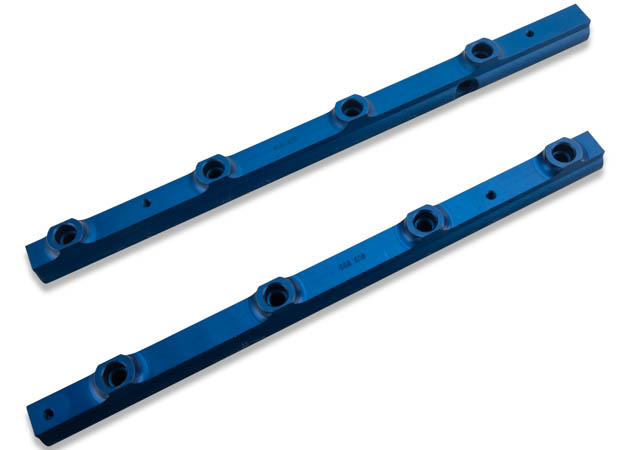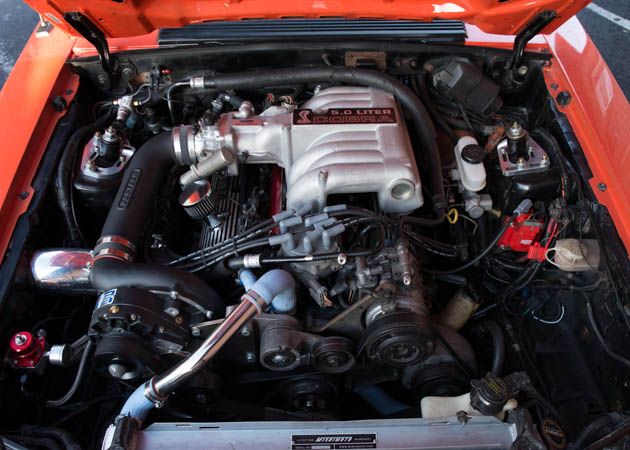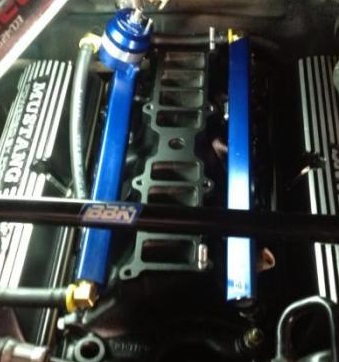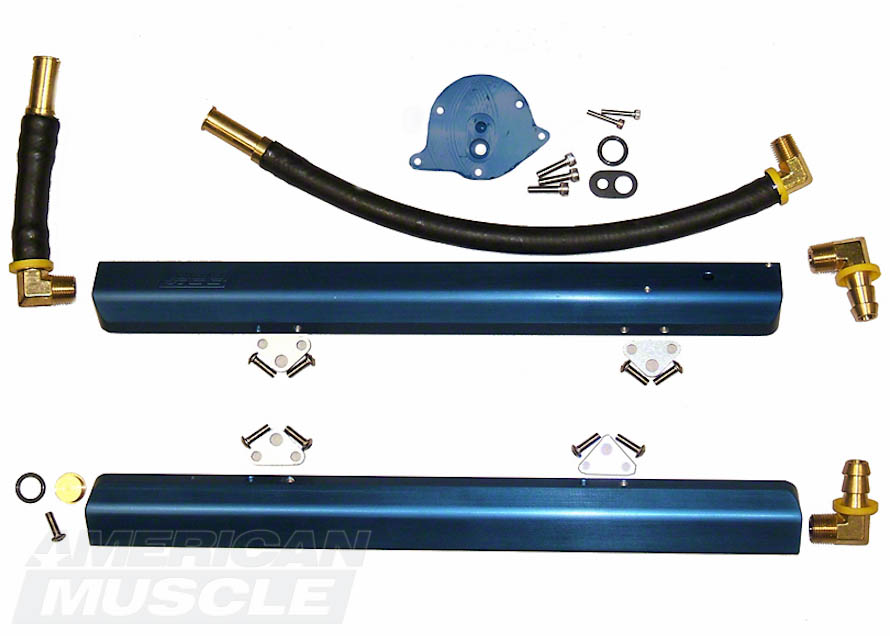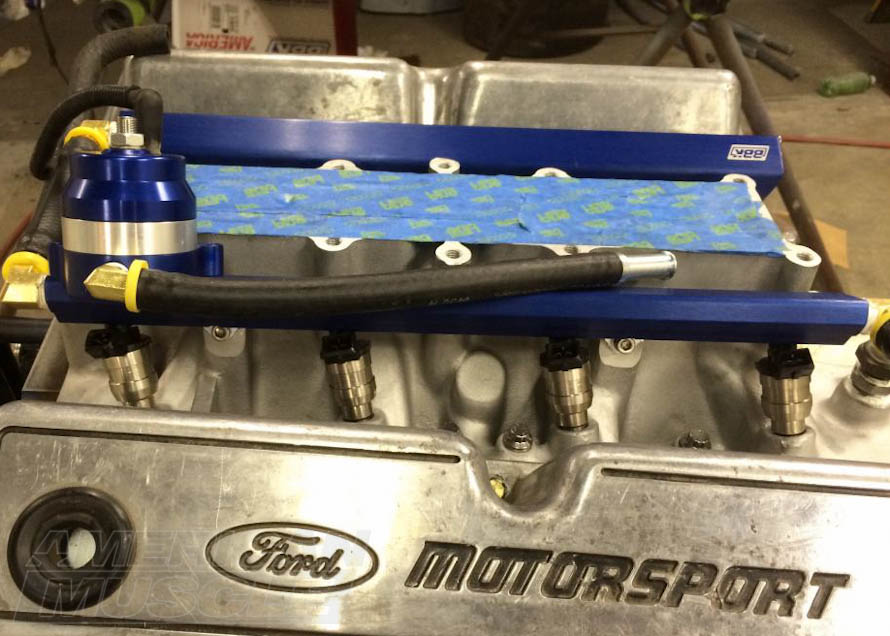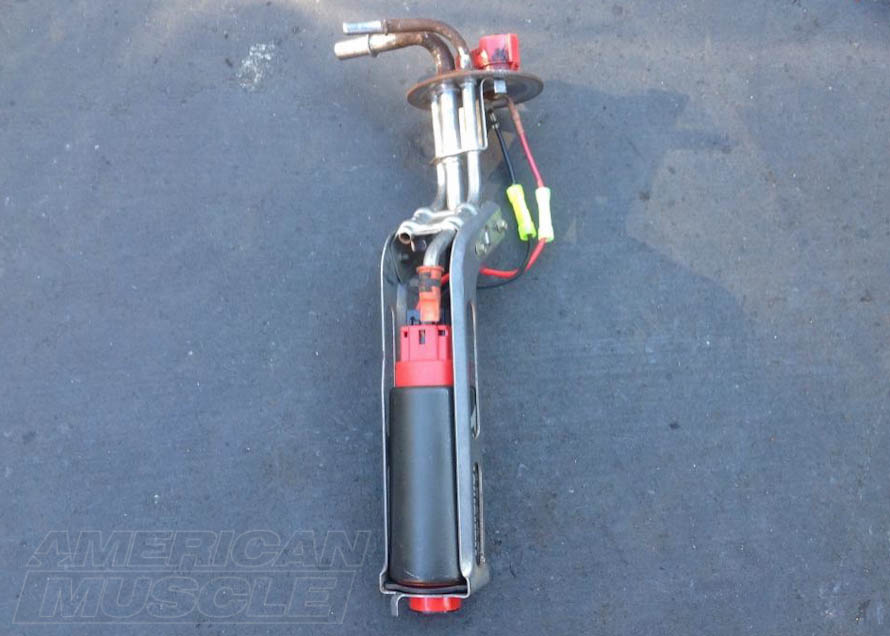If you haven't already had this happen, at some point during your Mustang years, you will be conversing with a fellow Mustang enthusiast when all of a sudden said other enthusiast will say quite smugly: "I ONLY run 93 in my 'Stang". Oh no, alarm bells are suddenly ringing! You only put in 87! Sweat starts dripping down your face, you get the cold shivers. You need to get out of there fast. This guy has you beat!
Well actually, this probably isn't the case. As already mentioned, higher octane fuel does NOT mean it has more energy to burn or make more power, but rather requires a higher activation energy to spontaneously combust.
Also recall, at the end of the last section, I mentioned that compresssion, octane level and ignition timing are all related. Let's look into this triangle affair a little further.
Octane level, engine compression, ignition timing: A tangled web of love
Compressing a gas causes the ambient temperature to rise. Greater compression creates greater heat. Greater heat increases the chance of fuel to self-ignite. Self-ignition creates a much greater risk of engine knock. A higher octane rating has an increased ignition temperature. See where I am going here?
A lower compression engine will receive no added benefit of running a higher octane than what is needed to prevent detonation. Because of the lesser temperatures seen in a lower compression cycle, it is entirely possible to have unburned gasoline left after the combustion cycle if using too high an octane (recall: higher octane has a higher temperature threshold).
Conversely, a high compression motor running a low octane fuel will not fair so well, as their is a much greater chance the low octane fuel's temperature threshold will be surpassed during compression, causing the fuel to ignite prematurely.
Ignition timing further ties into this cycle. If the spark is left too late, there is an increased chance of unwanted detonation. The same goes with advanced timing.
So, to finally answer the question. Running a higher octane fuel will not increase an engines performance unless the engine has the proper ability to take advantage of the higher activation threshold. What is the 'proper ability'? Increased compression and/or advanced ignition timing.
A stock motor will not benefit from an octane increase than what was specified by the manufacturer, unless the compression has been upped or the timing advanced. The way I look at it, octane rating is the last piece of the puzzle.
First figure out compression and ignition timing, as playing with these two aspects is where the extra power come from. THEN look at what octane is needed to satisfy those first two variables.

